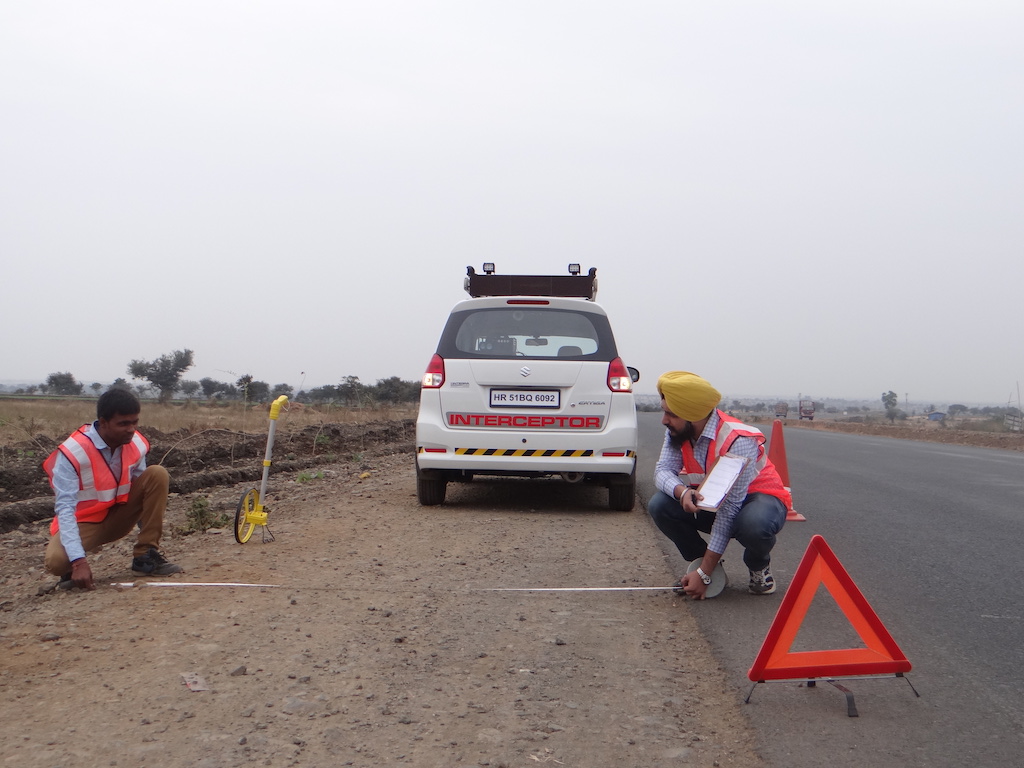Journey Risk Management (JRM)®
Journey Risk Management ��� is a scientific approach towards making journeys safe and efficient. It includes recording the identified risk factors and corresponding mitigation measures on particular routes which could then be applied to create a route management process.
It is a comprehensive tool for fleet owners, fleet managers and drivers.

Comprehensive management tool (CMT)
- The process of determining the safety and efficient optimisation of movement of traffic within the defined highway environment.
- Gives fleet managers the understanding of route conditions and facilities in order to make time, route & journey planning for their vehicles.
- Provides drivers the confidence by understanding in advance the hazards they would face and prepares them to take preventive measures towards the avoidance of any untoward incidents.
- Provides drivers the confidence by understanding in advance the hazards they would face and prepares them to take preventive measures towards the avoidance of any untoward incidents.
- Provide the drivers the information of facilities available on the route, which helps them in journey planning as well as to obtain timely support in case they encounter untoward incidents.
- CMT becomes the basis of introducing technology in order to enhance safety, discipline, and optimisation of services. This also provides the basis of data collection and management of all possible domains.
The process of journey risk assessment
Journey Risk Management (JRM) is an innovative dimension of research created at the IRTE towards understanding these interactions and devising a pre journey advice module for road users undertaking highway journeys.

Objective
The objective of this assessment is to make journeys safer and efficient through technological interventions in identification of potential risks on road and disseminating information and countermeasures.





Scope of work
The Journey Risk Management study is guided by the following general scope of work related to route observations:
Road characteristics
- Road Condition: paved / unpaved and improvement plans
- Number of lanes and how well they are maintained.
- Toll roads with names of agency
- Existing road width (including carriage & shoulders) and required/ proposed road width (including carriage way width and shoulders) for increased traffic and to facilitate the equipment movement up to 8 m width.
- Turns and turning radius
- Junctions & alignments- existing and improvements
- Areas of heavy pedestrian movement
- Schools, institutes, industrial areas etc.
- Underpass section with specific height
- Illumination condition
- Visibility- obstructions such as trees, electrical poles, local undulations i.e. elevation difference due to humps etc.
- Requirement of crash barriers, road signage, safety signage, mirror on blind spots, speed breakers, warning signage, cellular coverage/emergency phones in the route
- Assessment of health of culverts, potential water logging areas.
- Trucks parking space at site location and loading management.
- Construction zones (construction material on road)
Traffic conditions
- General traffic: movement of existing vehicles and effect of increased traffic volumes.
- Incoming side tracks & traffic entering from aside roads
- Pedestrian safety
- Animal movement
- Limitations in movement of traffic during night
- Recommendation of speed limits in the area.
Facilities and services
- Medical facilities (hospitals, clinics, ambulance), police station, police chowki, fire station, restrooms, lounges, hotels and restaurants, bank, ATM��s, public utilities, petrol pumps, crane/towing services, service stations, communication facility (PCO/STD/ISD)
Security and communications
- Route fall under sensitive security zones or any threat of hijacking and terrorism.
- Areas with/ without mobile operator signals.












